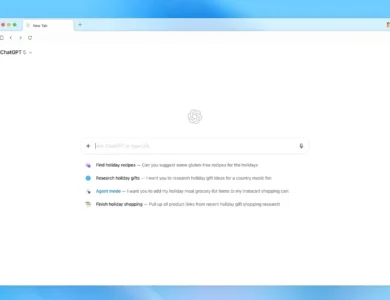Shift-Right Testing and Production Monitoring: Continuous Verification in Real Environments

Imagine a pilot flying a plane—not only relying on pre-flight checks but constantly scanning the sky, listening to engine sounds, and watching the instrument panel while in the air. In software, Shift-Right Testing works the same way. Instead of testing only before deployment, it focuses on continuously validating an application after it’s live. The goal is to ensure that real-world performance and user experience meet expectations even under unpredictable conditions.
In an age of complex distributed systems, static testing isn’t enough. Businesses need dynamic, ongoing monitoring—where every interaction, every request, and every transaction is watched closely to guarantee reliability.
Understanding Shift-Right Testing
Traditional testing happens before release—Shift-Left testing ensures quality from the start. But once software goes live, new challenges emerge: real user traffic, unpredictable usage spikes, and integration with multiple third-party systems. Shift-Right Testing steps in here.
It doesn’t replace pre-production testing but complements it. Through synthetic monitoring and live testing, developers simulate user journeys even in production, detecting anomalies before customers experience them. This proactive mindset helps teams catch performance issues, memory leaks, or broken APIs that pre-release testing might have missed.
Learners pursuing software testing coaching in Pune often explore Shift-Right strategies to understand how quality assurance extends beyond the development cycle—evolving into a continuous validation culture.
Synthetic Transactions: The Pulse of Production
Synthetic transaction monitoring is like sending artificial “test customers” through your digital store. These simulated users perform key actions—signing in, adding products to a cart, checking out, or submitting forms—to ensure the application works as expected in real time.
If something fails, alerts trigger immediately, allowing DevOps teams to respond before users notice. This approach acts as a continuous heartbeat monitor for your system—proactive, precise, and always watching.
Synthetic monitoring also generates trend data, showing how performance fluctuates across hours or days. This intelligence helps businesses plan upgrades, allocate resources, and maintain consistent uptime across environments.
Continuous Verification in the Live Environment
Shift-Right testing is built on the philosophy of continuous verification—confirming that software behaves correctly not just in theory, but in actual use. By integrating observability tools, real-time metrics, and distributed tracing, teams gain deep insights into how systems respond under load.
For example, when an online payment gateway handles thousands of transactions per second, minor latency can ripple across the user base. Continuous verification ensures such issues are identified immediately, long before they impact revenue or reputation.
This blend of testing and monitoring turns production environments into living laboratories—safe spaces where teams can experiment, observe, and optimise continuously.
Balancing Safety and Experimentation
One of the main challenges in Shift-Right testing is balancing innovation with risk. Testing in production might sound dangerous—but with proper safety nets, it becomes powerful.
Techniques such as feature toggles, canary releases, and blue-green deployments allow controlled exposure of new features to a limited audience. This controlled approach ensures real-user testing happens without jeopardising overall stability.
Training programmes like software testing coaching in Pune equip professionals with hands-on exposure to these practices, helping them manage the balance between experimentation and risk in real-world environments.
Conclusion
Shift-Right Testing represents a mindset shift—from seeing testing as a phase to embracing it as a continuous process. By blending production monitoring, synthetic transactions, and real-time observability, teams ensure quality doesn’t end at deployment—it evolves with the product.
In an era where customer experience defines success, continuously verifying how software performs in real-world conditions is not optional—it’s essential. When businesses treat live environments as learning systems rather than static deployments, they build trust, resilience, and long-term performance excellence.



